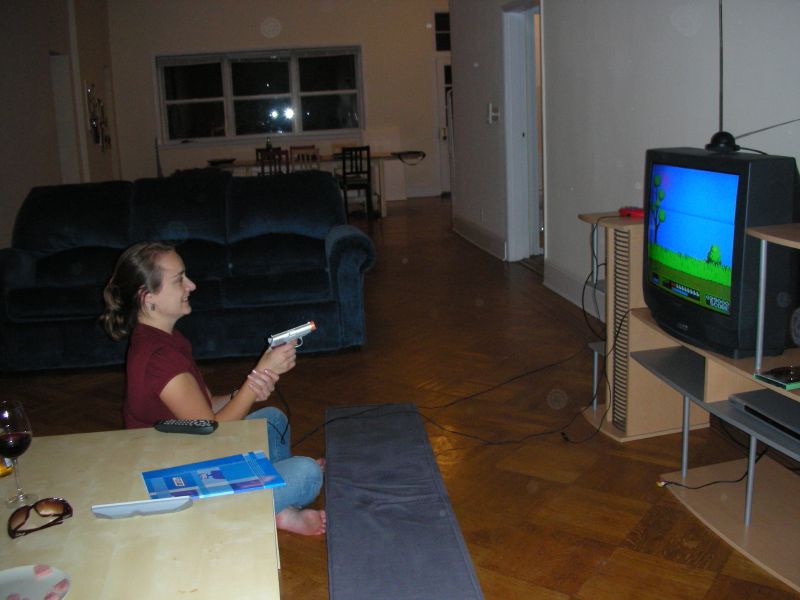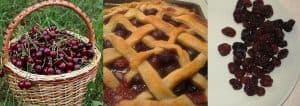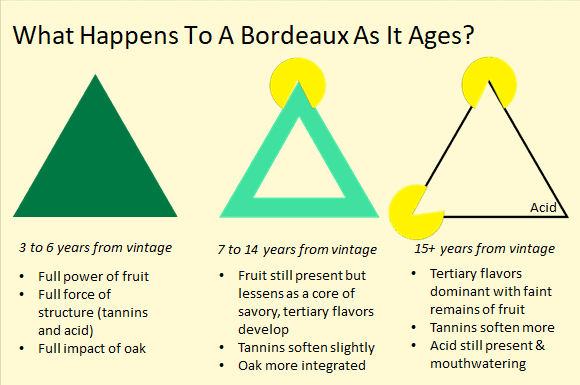Now that we’ve talked about the Millennial math that is stacked against the wine industry, let’s work on reframing the discussion about value.
To appeal to Millennials, the industry has to demonstrate its value. They have to show us why a bottle of wine is worth shelling out our hard earned cash to purchase. As I mentioned in my post Is the Wine Industry boring Millennials to (its) death? the old playbook of marketing is not going to work.
We don’t care about high critic scores.
We don’t care about exclusive, high-priced cult wines that are famous for….being exclusive and high-priced?
And we certainly don’t care about the “lifestyle” image and traditions that enticed our parents’ generations.
But do you know what does entice us? A great story.
The Reading Generation.

If you give a mouse a cookie, make sure he doesn’t pair it with something too dry.
A very dry wine will taste tart with a sweet cookie.
LeVar Burton would be proud because Millennials are leading the pack when it comes to reading. The popularity of digital formats are a big driver but even tried and true paper and hardback books are seeing an upswing in interest.
Millennials are infusing bookstores with new life because of the sense of nostalgia and authenticity they give us. When we feel overwhelmed with the world, books offer a haven and sure-fire antidote to the “Boredom Factor” we disdain.
Gosh, wouldn’t it be great if the wine industry could capture some of that?
If only we had a product that could convey a unique sense of place, crafted by people with a passion and personality?
If only we had something that constantly changed, both in the glass and in the bottle, like a great thriller with all its twists and surprises?
Hmm…if only.
A Story in a Bottle
The wine industry will continue to have problems converting Millennial consumers if it sticks with the old playbook of treating wine like it’s a commodity or status symbol. Neither of those interest us.
The health-consciousness of Millennials are moving us away from the idea of drinking cheap wine just to get a cheap buzz.
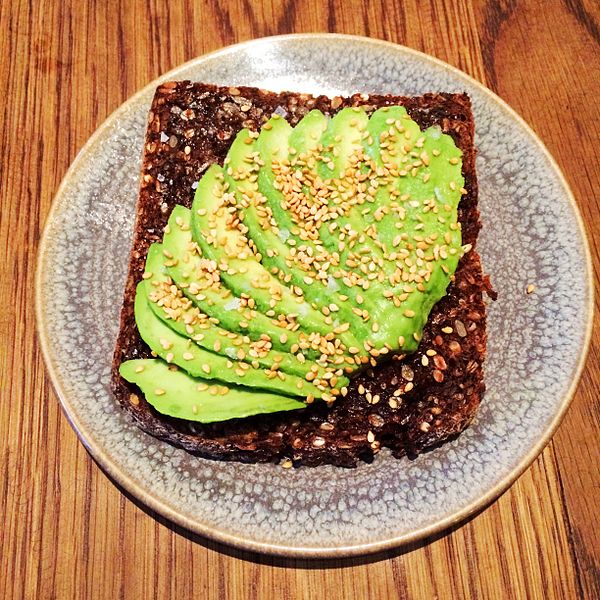
Let see, should we spend $25 on a bottle of Meiomi or an order of organic avocados sliced on toasted nine-grain bread with sesame seeds?
…or we could buy a house?
We don’t have the money or inclination to buy luxury “status” wines because we’d rather pay rent, go on a trip or enjoy avocado toast.
Yes, the gameboard has changed with Millennials. But what should send a spike excitement through the industry is that it’s changed in a way that is tailored to the strengths of wine.
Step back and think about it–what beverage beyond wine can so perfectly cater to a Millennial’s sense of wanderlust or their cravings for authenticity and uniqueness?
What beverage can tell a story better than wine?
We just need to stop thinking of (and promoting) wine like its a commodity. We need to reclaim our lost storytelling.
Compelling Characters
This is the personality and people behind a wine. By far, it’s a winery’s most important asset and should be the number one marketing focus.

Watson, it was clearly the sulfites in his wine that poisoned him. Jenny McCarthy said they were bad.
The key to every great story is a compelling central character–our heroine or anti-hero. The central character is what separates one book from the myriad of others in the same genre. There are thousands of detective stories but there is only one Sherlock Holmes, one Alex Cross, one Hercule Poirot or one Kay Scarpetta.
And while there are god knows how many Cabernet Sauvignons, Chardonnays, Red Blends, Pinot noirs and Sauvignon blancs out there, what distinguishes each of them is their own central character–for better or for worse.
Maybe its a bulk wine with its central character a boring, non-descript narrator. They come and go like cheap penny dreadfuls.
A winery that wants to capture the attention of Millennials doesn’t need to be a Sherlock Holmes. But they do need to aim for more than non-descript and dreadful.
What makes a character compelling is that they come to life, they’re relatable. The readers learn details that add color to their understanding of the character. This lets the character jump off the page and resonate with them.
What makes a bottle of wine become more interesting and compelling is the character behind the bottle–not the grape or terroir (the backdrop). Of course, the plot (the wine itself) is important but readers will accept a few underwhelming books in a series (I’m looking at you Alex Cross’ Trial) if the character is still compelling enough to follow.
For a winery to appeal to Millennials, they need to build and promote this character.
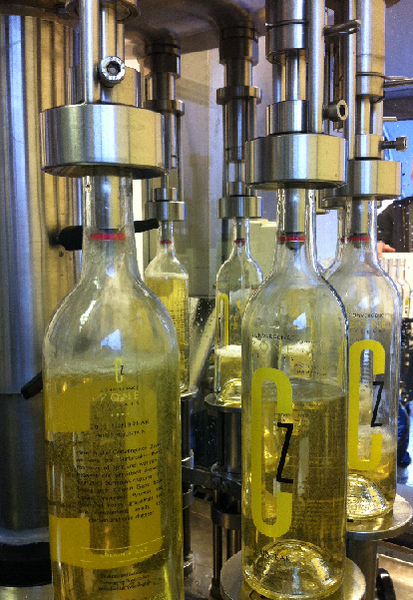
And, honestly, a bottling truck is kind of cool.
Show us the details that add color to our understanding of your wine.
Who are you?
Why are you making wine?
What drives you and is distinct from all the other characters out there?
Show us the hard work and setbacks. Your consumer has setbacks too. Show us the excitement and joy of many months/years of labor coming down the bottling line. There are things in our lives that take months/years to come to fruition. We can relate to that.
Let us connect to your wine by telling us your story.
Because that is really the only compelling reason we have to pick up your bottle over every other option that is clamoring for our money.
The Backdrop
J. R. R. Tolkien, J.K. Rowling and Stephen King certainly had compelling central characters in their works. But they also brought the settings of their stories to life, even in short-stories that weren’t part of a larger world-building series. While the stories would still go nowhere without the central characters, the backdrop was an essential piece of the puzzle.
In wine, the backdrop is the grape varieties and places that the wine is from. One of my favorite definitions of terroir is “the story of a wine,” and this includes things like the climate of the vintage and the culture/traditions that a wine is brought up in.
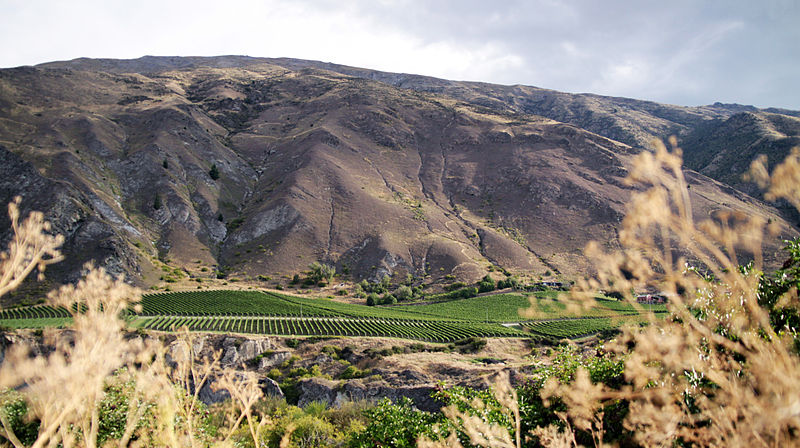
Fun Fact: The Battle of Pelennor Fields was filmed only about an hour half away from the wine region of Central Otago.
“I am no Burgundy!”
A Pinot noir from New Zealand is distinct from one from Oregon, California or Burgundy for many reasons. All those reasons add richness to the story of the wine just like Middle Earth, Hogwarts and Shawshank added richness to their narratives.
When I encourage wineries to focus more on marketing the unique character of themselves, I’m not telling them to ignore the grapes or terroir. But they should recognize these things for what they are–the backdrop.
This is why making wine from unusual grape varieties or emerging wine regions is not enough to entice Millennials.
As fascinating as visiting Gondor is, we only care about that place because of Aragorn, Faramir and Boromir. Likewise, unique grape varieties like Fiano, Xinomavro, Cinsault and Trousseau or emerging wine regions in Denmark and Sweden are exciting but the novelty of new wears off quickly.
To keep consumers turning the page, you still need a compelling character to drive the story.
The Plot
However, you can have the most compelling character ever written with an imaginative world, but the plot still needs to deliver. As I mentioned above, readers will forgive a weak book or two in a series if the character is worth following. But the strength of that character gets weakened with every dud.
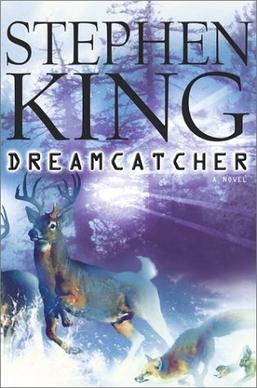
Yeah, I know it was the Oxycontin but *shudders*.
Similarly, the strength of a winery’s character weakens with every subpar bottle they release. Plus, there is always the risk of a consumer’s first impression coming from that “off-vintage” and them deciding that the character is not worth waiting for another book. If your first experience with Stephen King was Dreamcatcher, it might take some coaxing to get you to try another bottle.
Most importantly, though, the plot of what’s inside the bottle is where wine separates itself from other options. Above all, here is where we can highlight a wine’s value above a similarly priced beverage.
Yeah, you can get flavor and a buzz from craft beer, cider, spiked seltzer water, cocktails and spirits. But each of those items is a short-story that stays static.
The story of a wine doesn’t end when the cork is pulled. That is merely the end of one chapter.
A Continuing and Changing Climax
The evolution of wine in a bottle is something that the wine industry does a poor job of explaining or marketing. And we wonder whatever happened to aging fine wines?
We promote “drinking windows” and isolate people/wines into camps of “instant-gratification” or “cellar-worthy.” We treat enjoyment of wine like it’s a timestamp on a theater ticket. Better get your butts into the seats before they lock the doors.

What they didn’t tell you was that the toxins were really kombucha.
All of that ignores the storytelling that adds value to wine.
Even after the cork is pulled, a great wine (like a great story) will unfurl itself over the course of each glass. Change of direction, build-ups and plot twists are around the corner with the next pour.
What equivalent priced beverage offers that? Yeah, your beer could get warm and change. Or your ice sphere could melt into your diluted whiskey. But that’s more discovering that trees are releasing toxins to purge the planet than realizing that Bruce Willis is dead.
Plus, with many wines, there are still chapters that have yet to be written and are waiting to be experienced months, years or even decades down the road. The bottle you open today is not going to be the same bottle–the same story–that it’s going to be when you pick up the book again.
That’s fascinating and exciting!
It’s something that not even the Choose Your Own Adventure series can top.
Leveraging our strength and adding value.
In hindsight, it will be silly if the wine industry continues to have a “Millennial Problem.” Our greatest strength is that our product has such potential to be compelling, unique and authentic.
We just need to get back to telling our stories.



